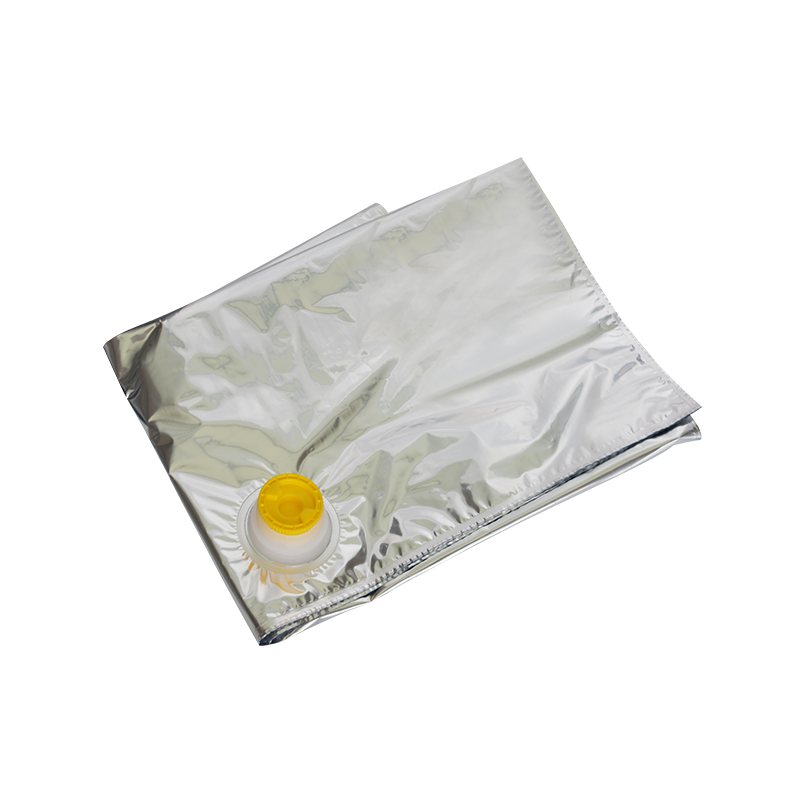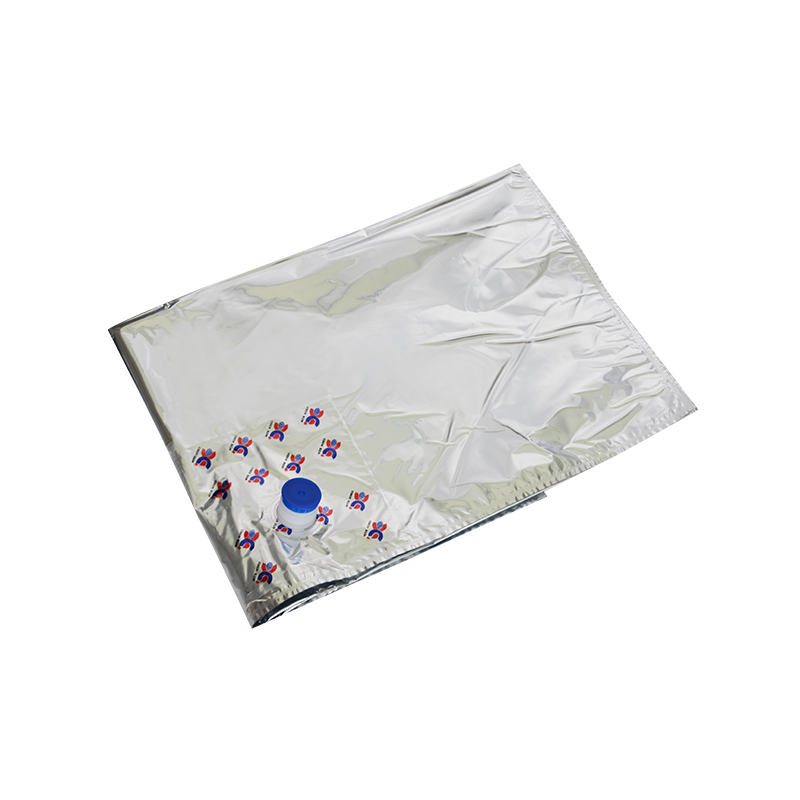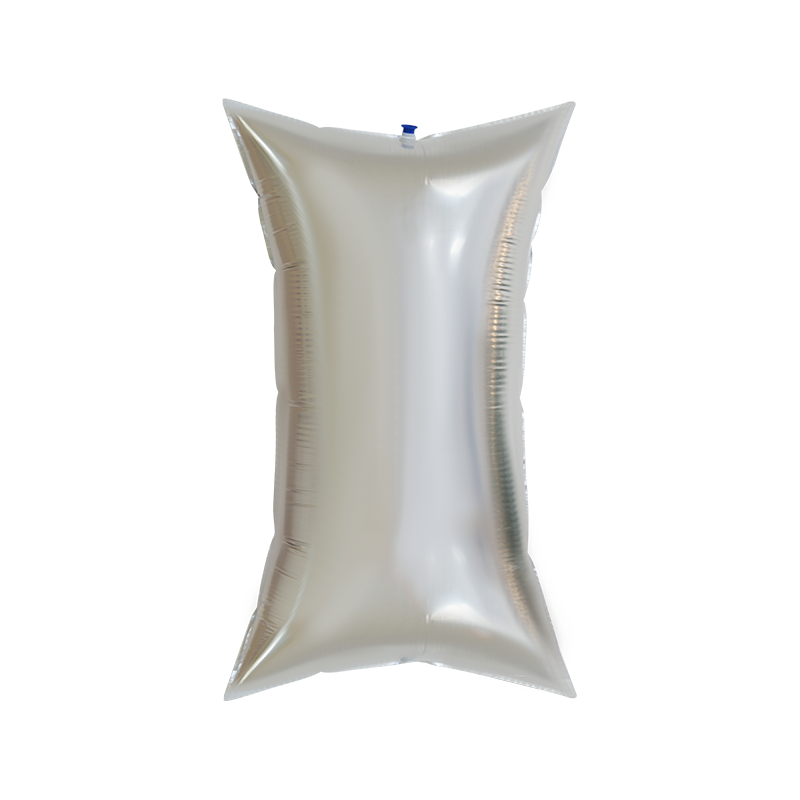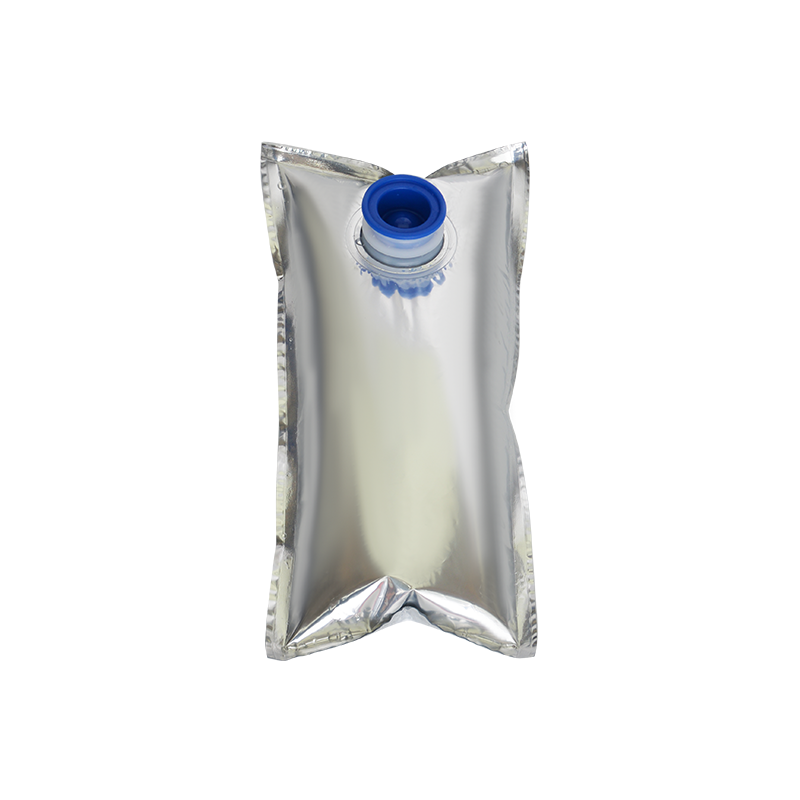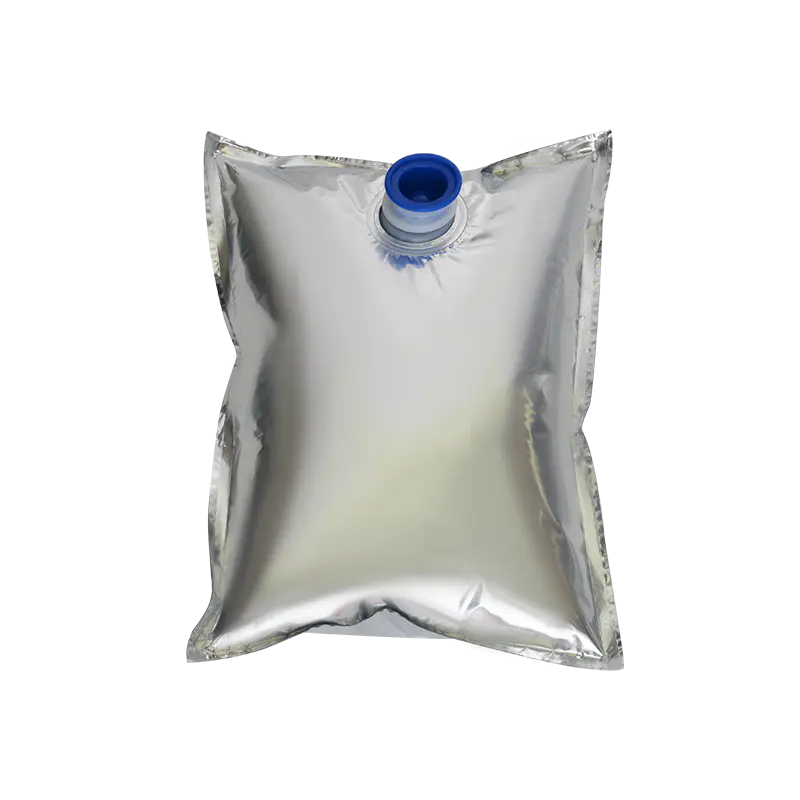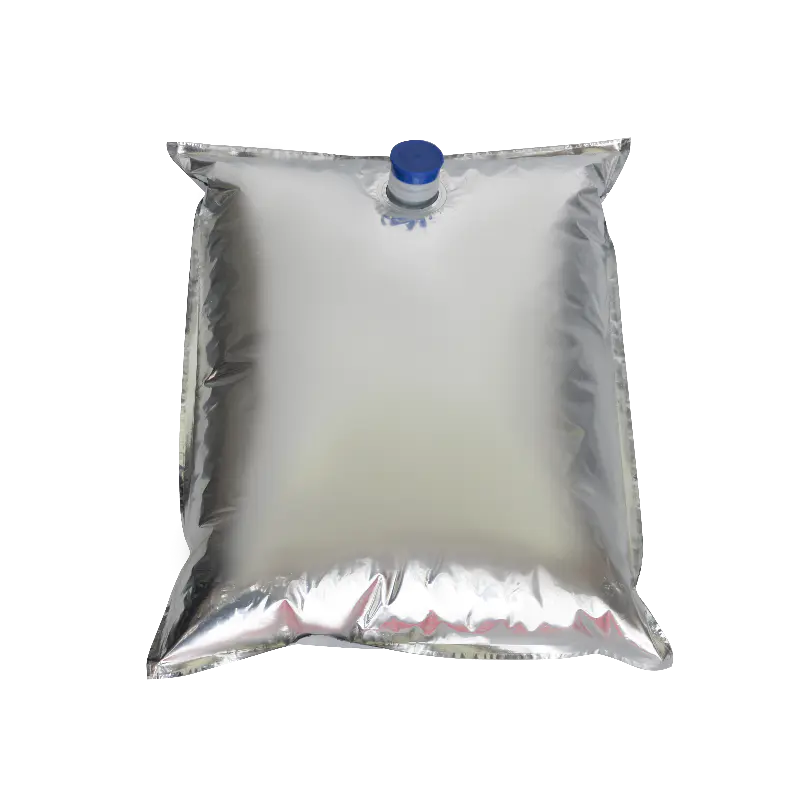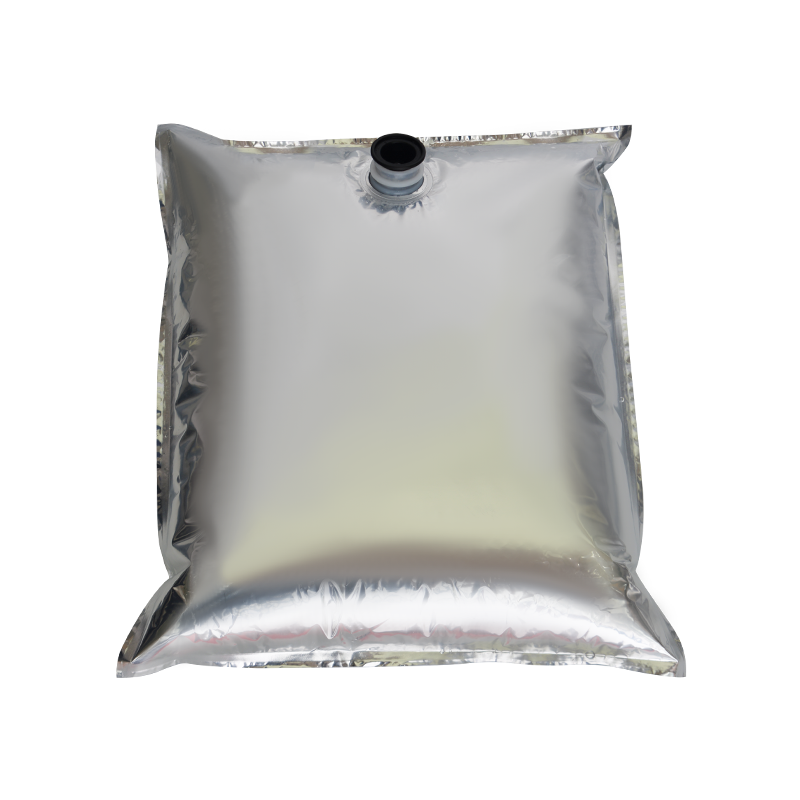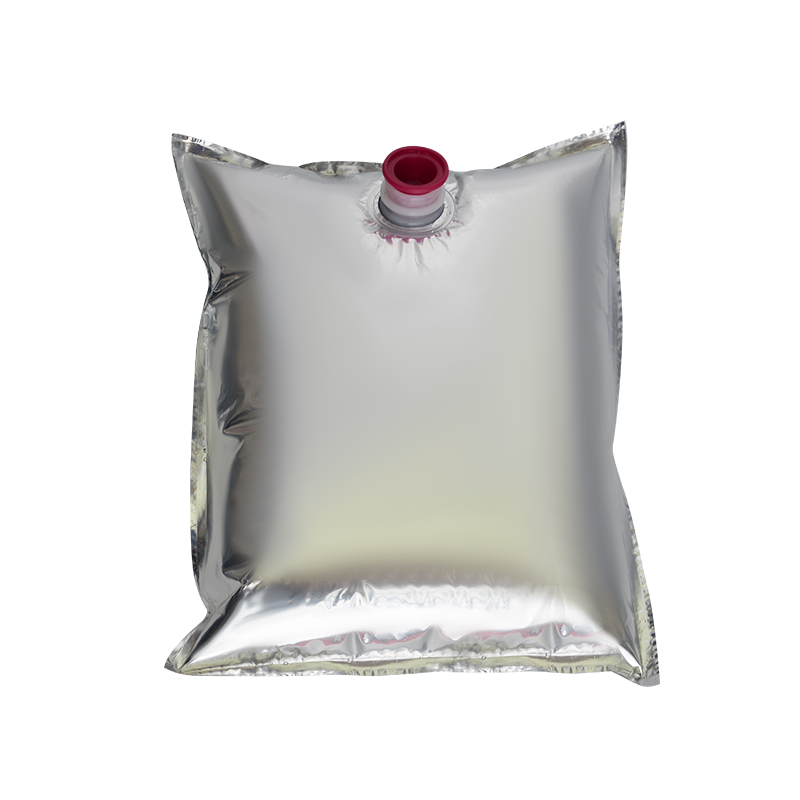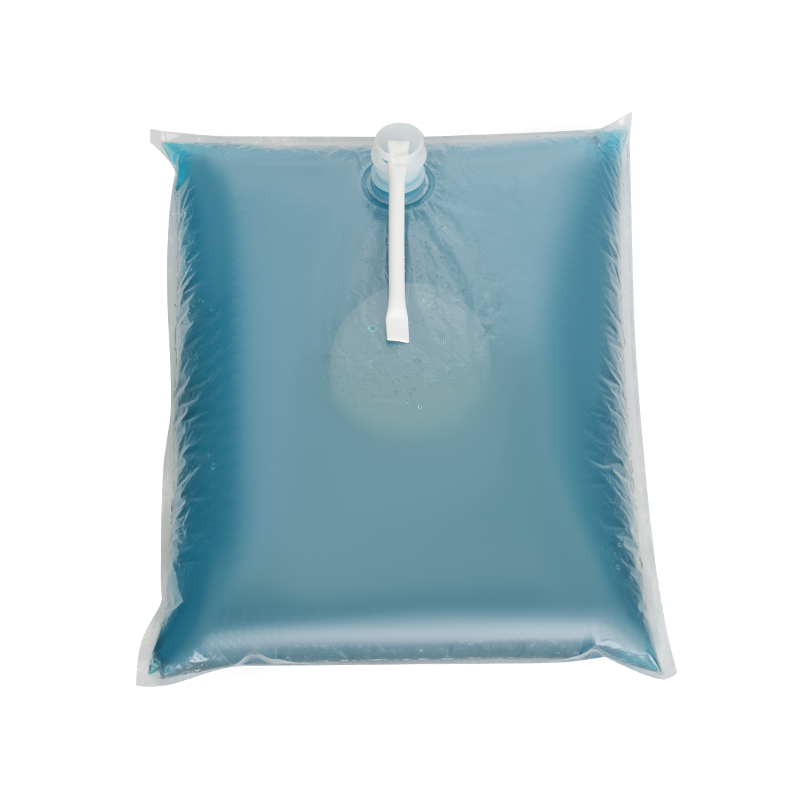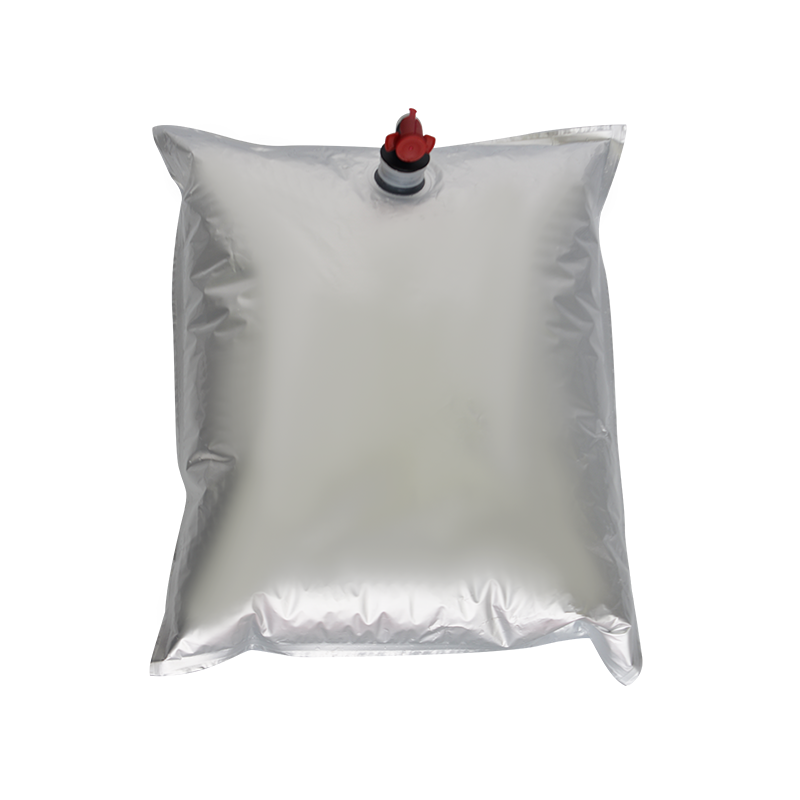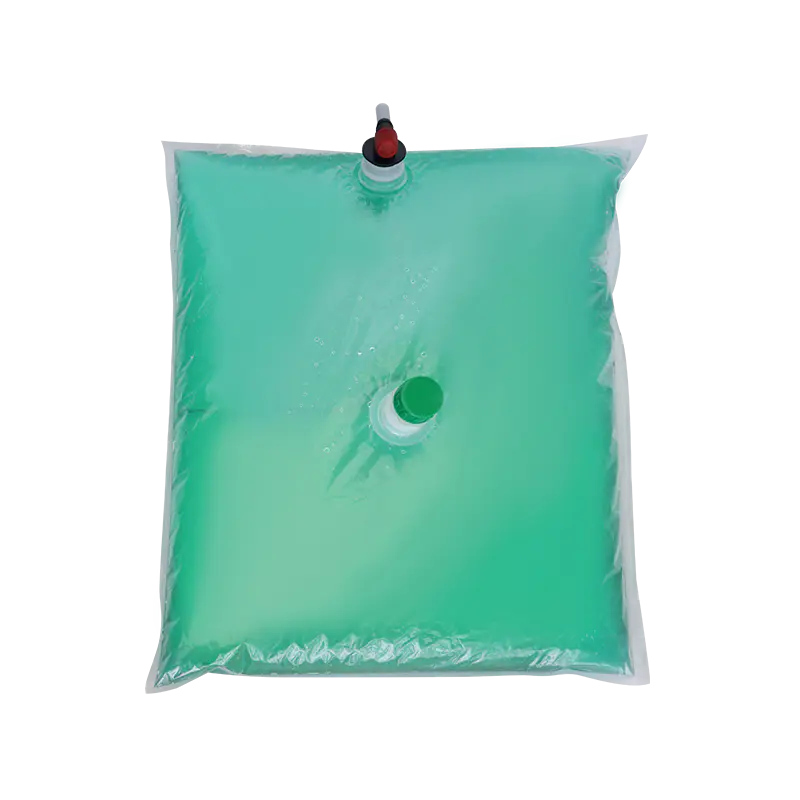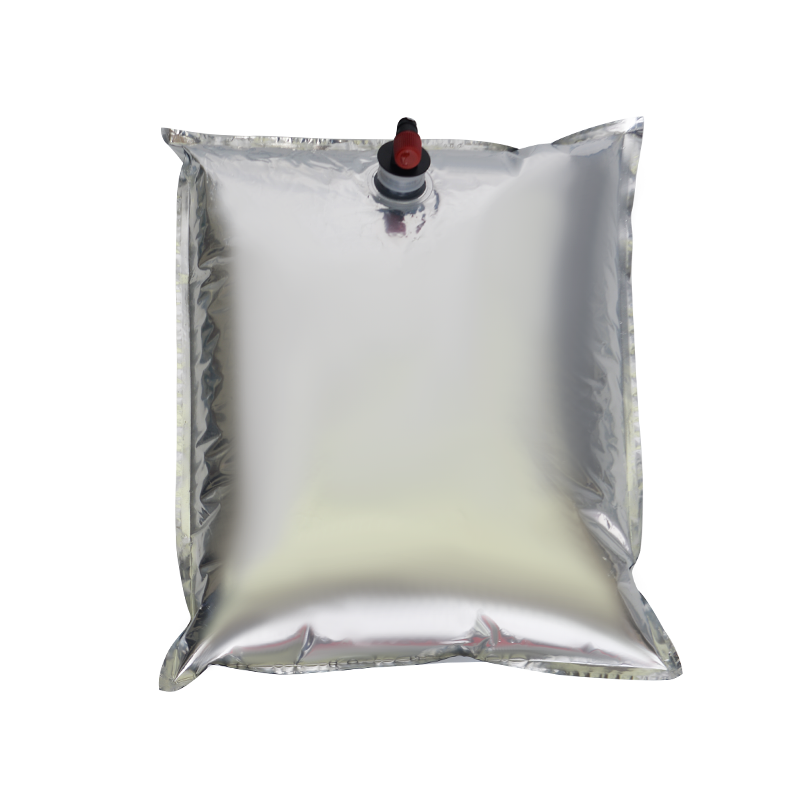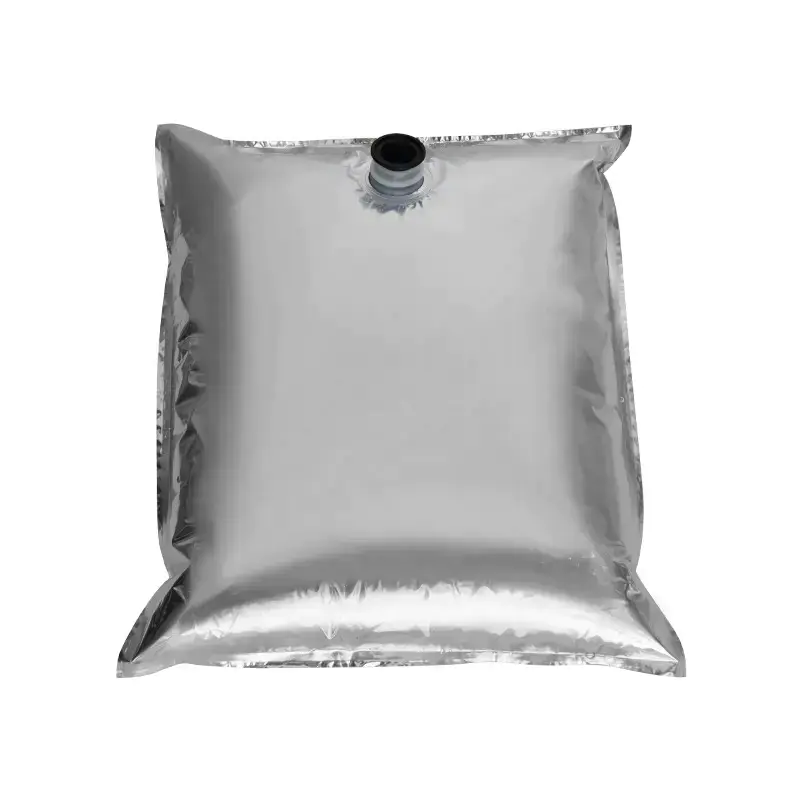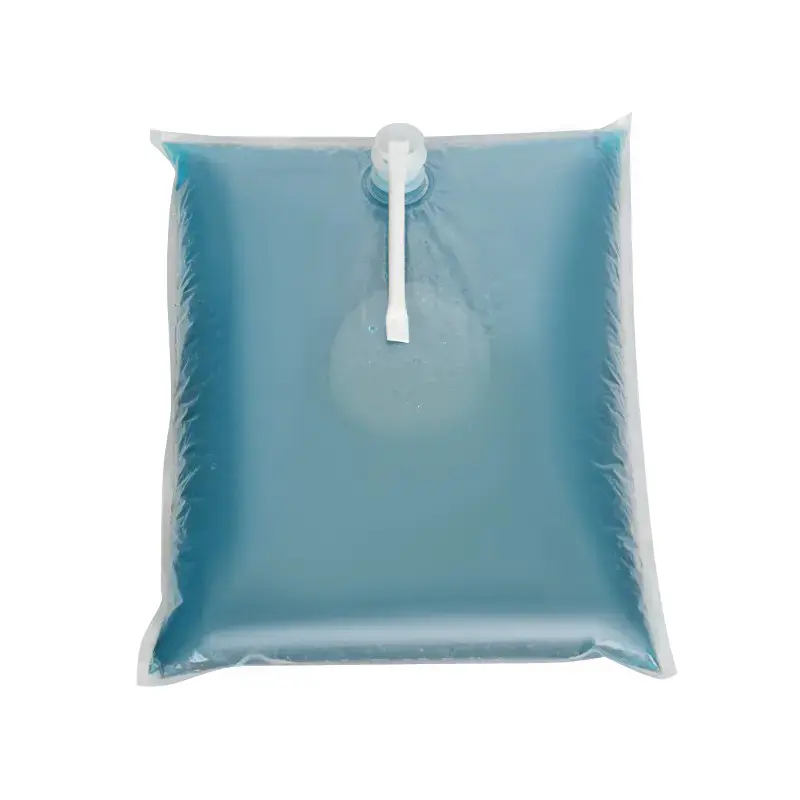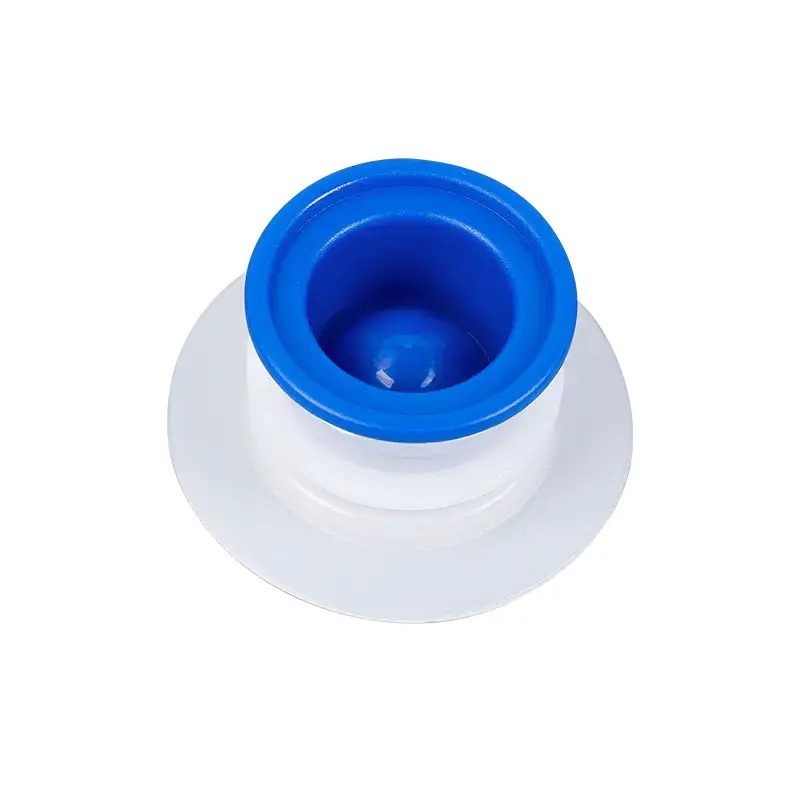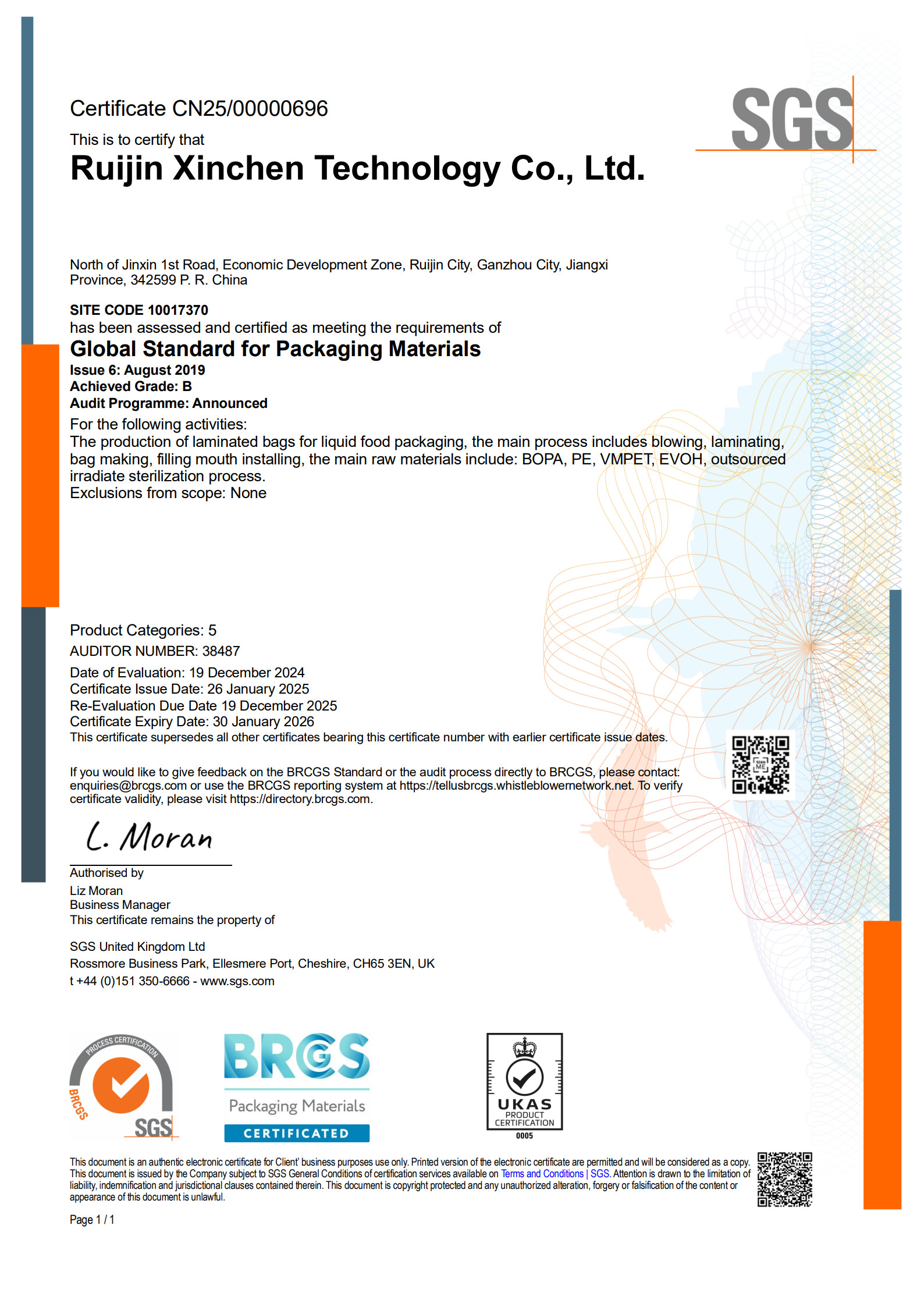
In modern liquid packaging systems, the Bag-in-Box (BIB) has become a highly sought-after innovative solution, and the inner bag is its most critical component. As the carrier unit that comes into direct contact with the liquid, the BIB inner bag not only determines the packaging's safety and sealing properties, but also plays an irreplaceable role in extending shelf life, ensuring transport stability, and achieving environmental protection and energy conservation.
Structural Design of the Bag-in-Box Inner Bag
BIB inner bags are typically constructed from multiple layers of high-barrier film, each with its own unique properties. The outer layer is typically a mechanically strong polyester or polyamide material that resists external friction and impact. The middle layer is a barrier material, such as EVOH or aluminum foil, primarily designed to prevent the permeation of oxygen, light, and moisture. The inner layer, typically polyethylene, comes into direct contact with the liquid and offers excellent hygiene and heat-sealing properties.
In terms of interface design, the inner bag is equipped with a dedicated filling port or valve to accommodate filling equipment for aseptic filling. After opening, the valve prevents air from flowing back into the liquid during discharge, effectively reducing oxidation and ensuring consistent quality throughout the entire liquid lifecycle.

Material Characteristics of Bag-in-Box Inner Bags
The choice of inner bag material directly determines its application and packaging performance. High-barrier composite film is the most common choice, offering advantages such as lightweight, flexibility, and strong chemical resistance. For liquids requiring long-term storage or those sensitive to oxygen, aluminum foil provides enhanced light and gas barriers, commonly found in wine and juice.
With the rise of environmental awareness, some manufacturers are developing biodegradable or recyclable films to meet global demand for sustainable packaging. This not only enhances the inner bag's environmental profile but also gives Bag-in-Box a competitive advantage in the market.
Applications of Bag-in-Box Inner Bags in Food and Beverages
Food and beverages are the primary application areas for Bag-in-Box inner bags. For wine, the inner bag effectively prevents air from entering, slowing oxidation and ensuring the wine maintains its flavor even after opening. Juice and dairy product bottling also benefit from the high barrier properties of inner bags, allowing consumers to enjoy a fresher taste for longer.
In the food and beverage supply chain, large-capacity Bag-in-Box (BIB) inner bags are widely used for the storage and distribution of beverage concentrates and liquid condiments. Their lightweight and leak-proof properties not only reduce transportation costs but also ensure hygienic safety during large-volume supply.
BIB Inner Bag Applications in Non-Food Sectors
Beyond food and beverages, BIB inner bags also show great potential in non-food sectors. Chemical products such as detergents, lubricants, and some liquid raw materials require high chemical resistance and sealing properties in their packaging. BIB inner bags can effectively meet these requirements, preventing leakage and contamination.
In the pharmaceutical and laboratory fields, inner bags are used to store some reagents and solutions, ensuring their purity and safety during use. These applications place even stricter demands on the inner bag's cleanliness and sealing properties, driving the development and application of more high-performance membrane materials.
Bag-in-Box Liners and Environmental Sustainability
Amid increasing environmental pressures, Bag-in-Box liners have garnered significant attention due to their relatively low material usage. Compared to traditional bottles or cans, the inner bag requires significantly less plastic. Combined with the outer carton, the design makes the overall packaging lighter and reduces carbon emissions during transportation.

With the growing global demand for liquid packaging, the Bag-in-Box liner market is experiencing rapid growth. In the future, liner design will move beyond functionality and expand towards intelligent and personalized features.
At the industrial level, the increasing adoption of automated and efficient filling equipment is also placing higher demands on the standardization of liner interface design. Therefore, the Bag-in-Box liner is more than just a single packaging component; it is also a crucial vehicle for driving the advancement of the liquid packaging industry.

 English
English русский
русский